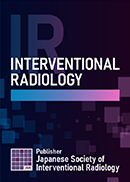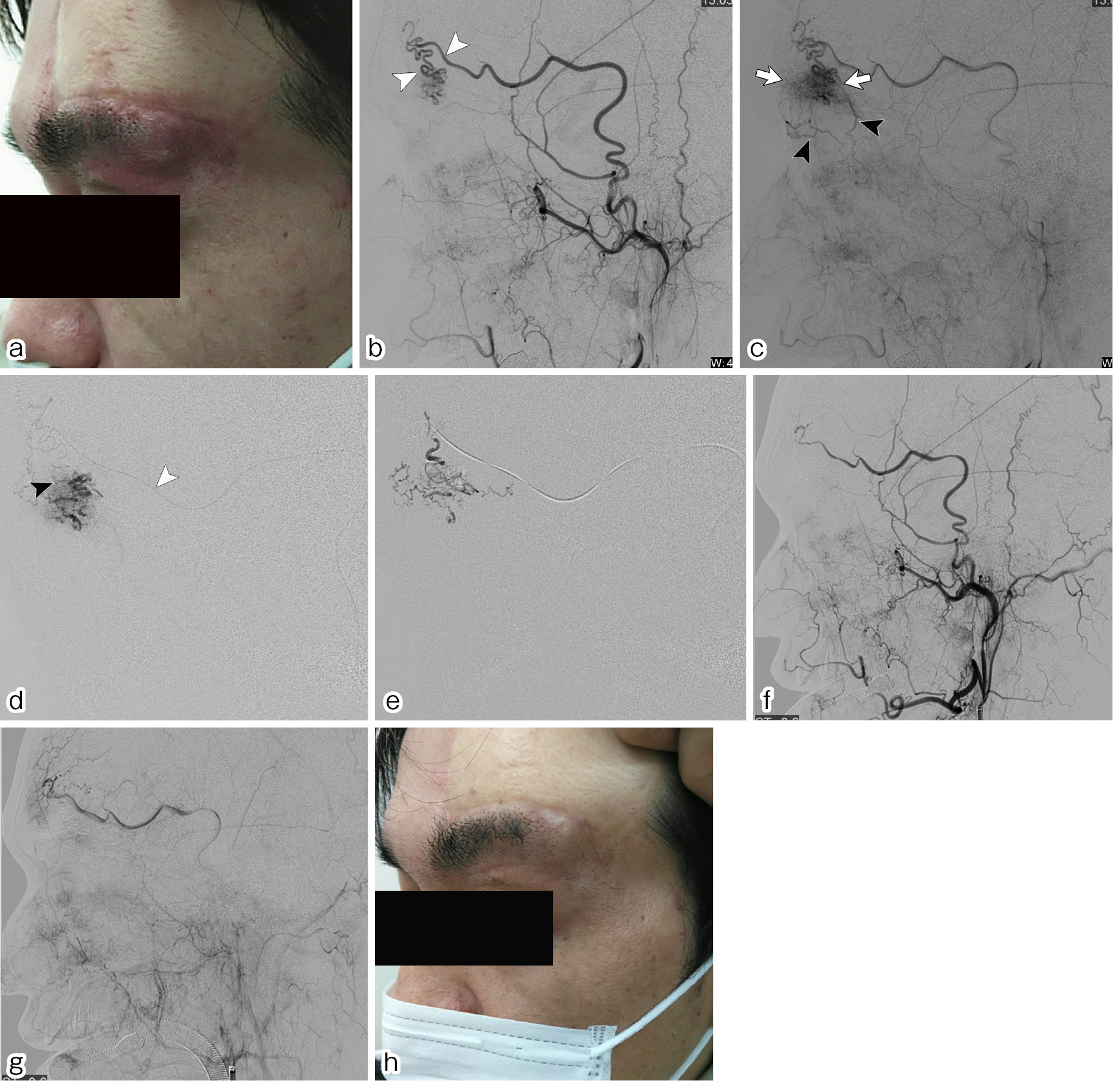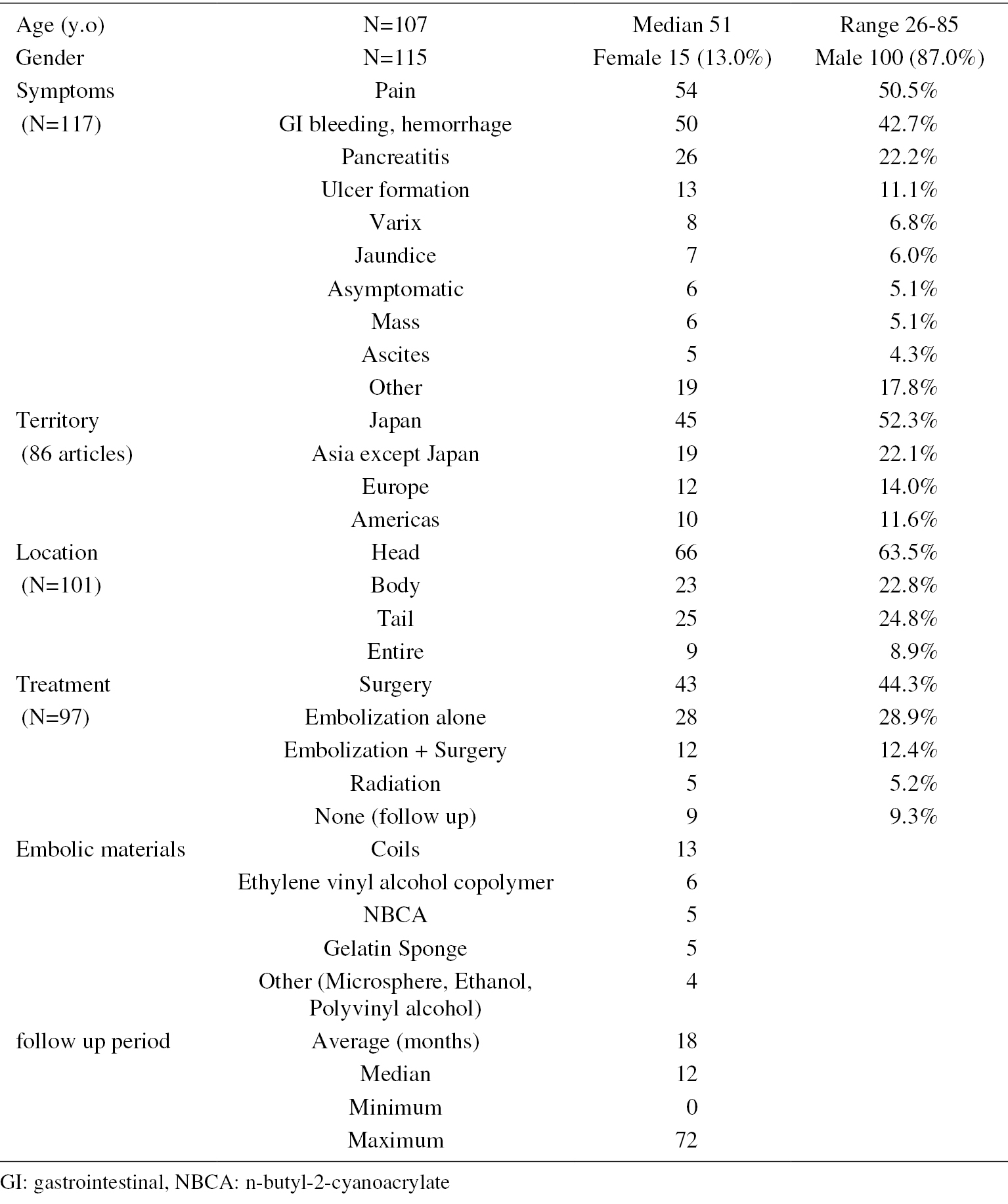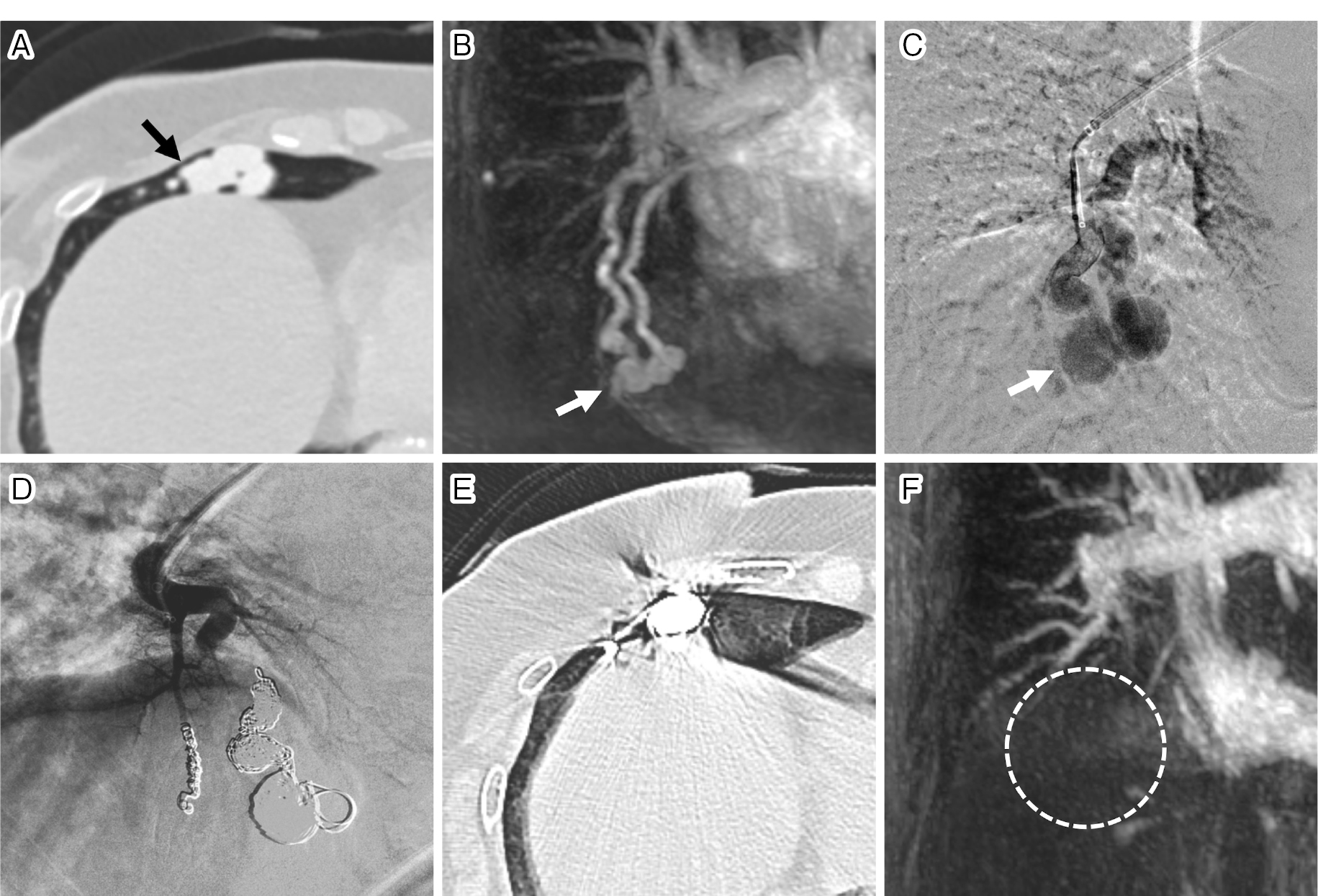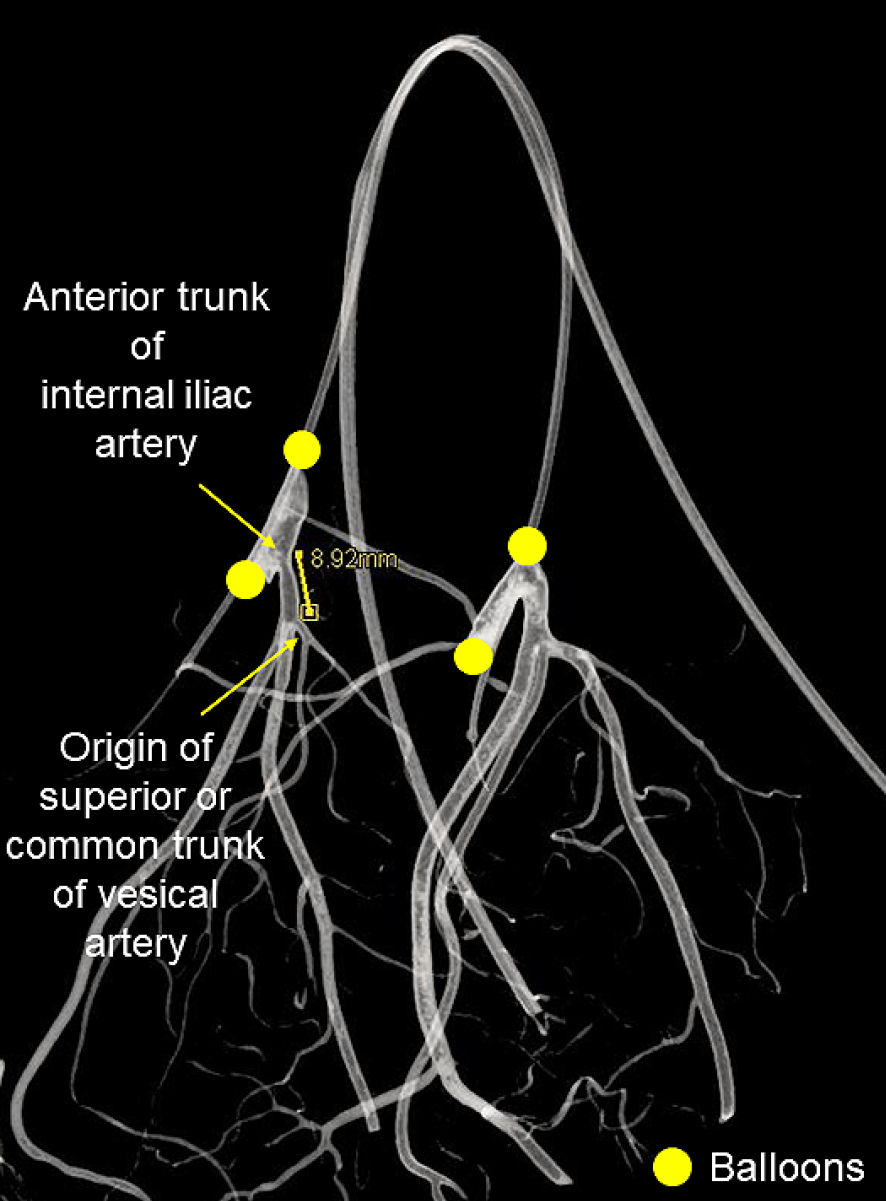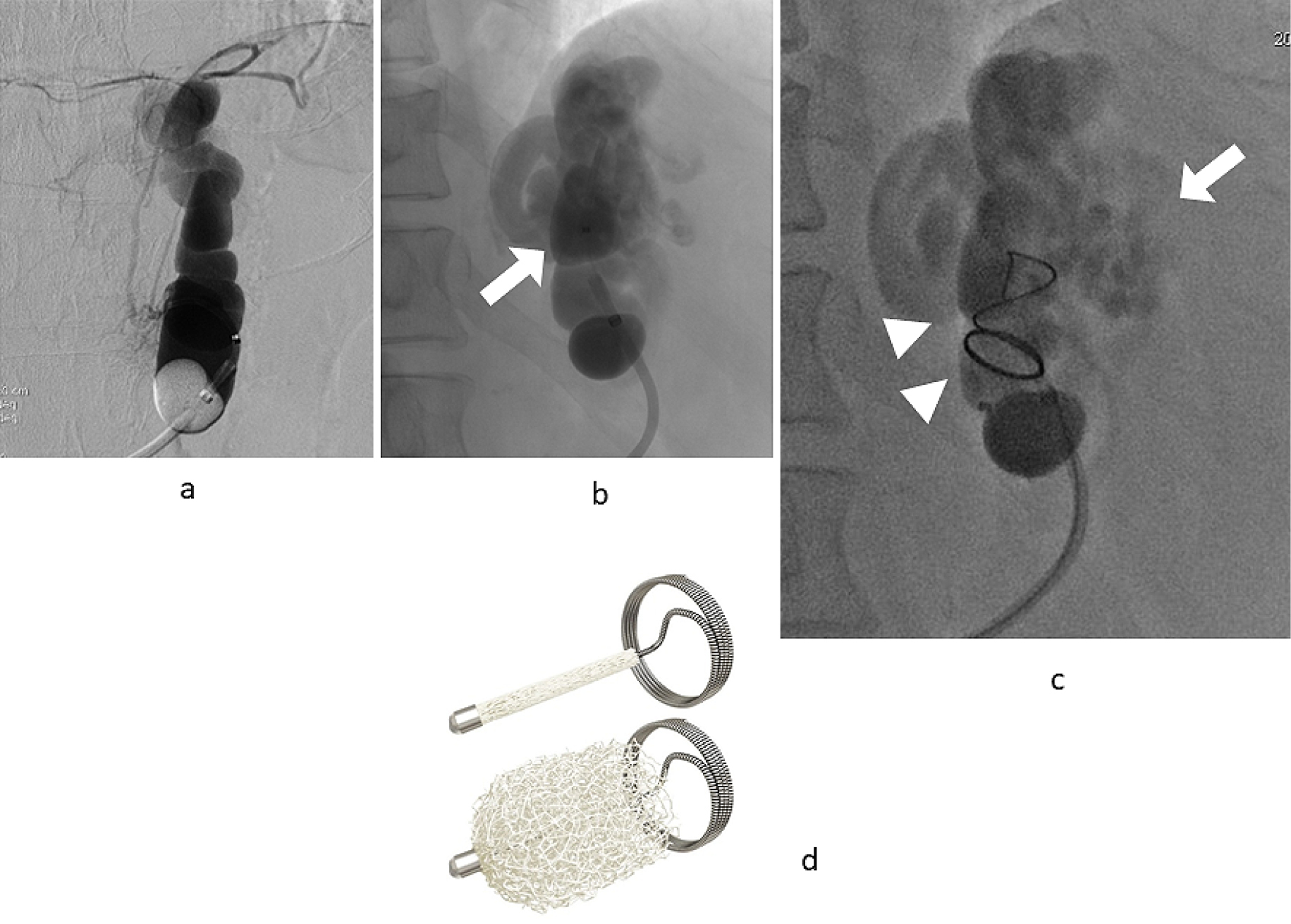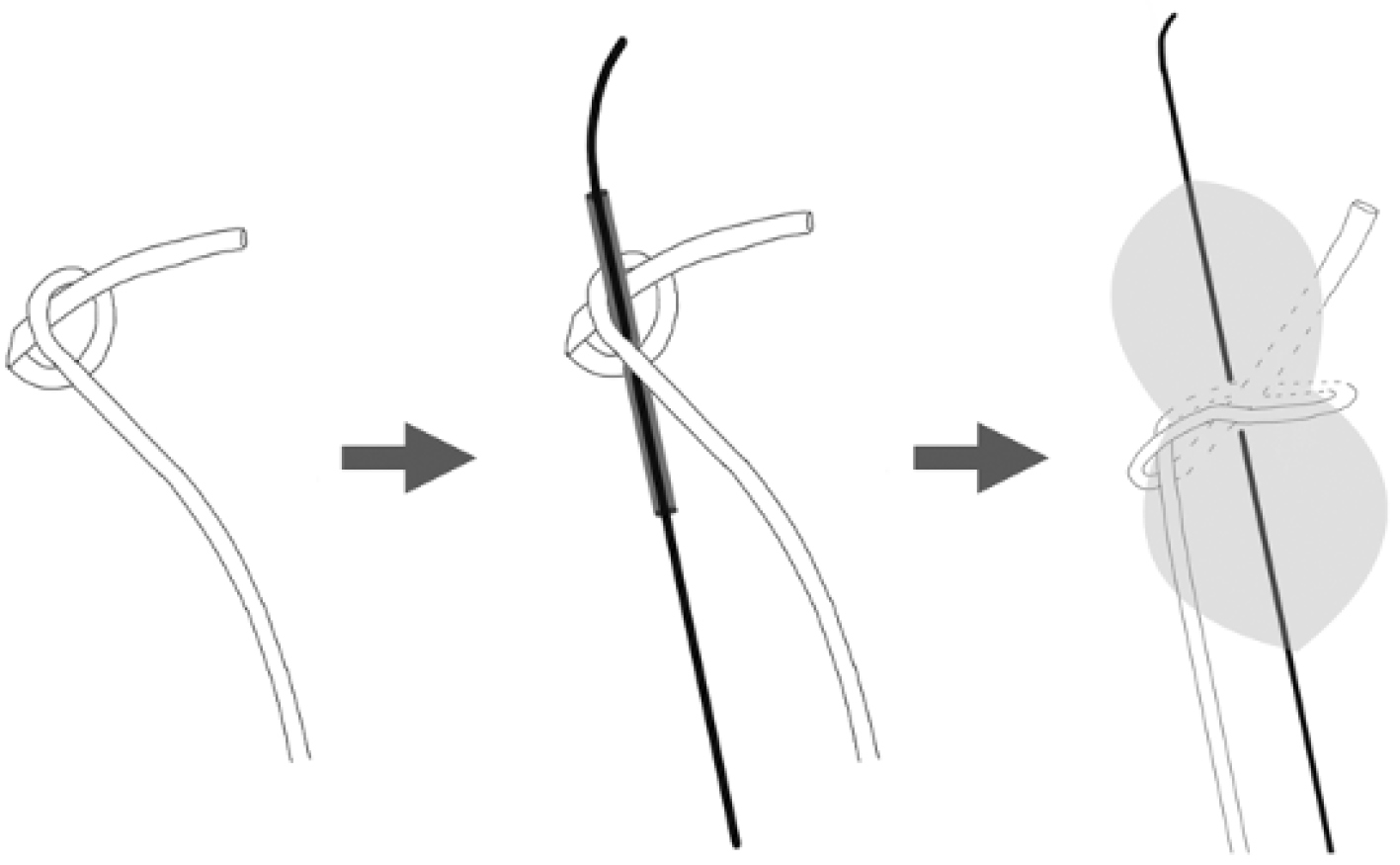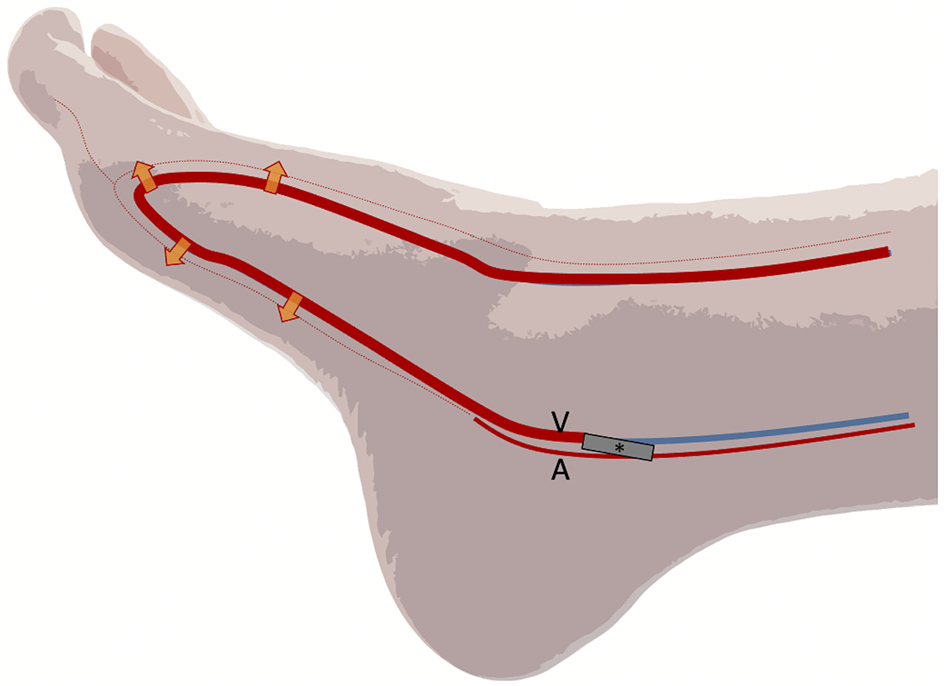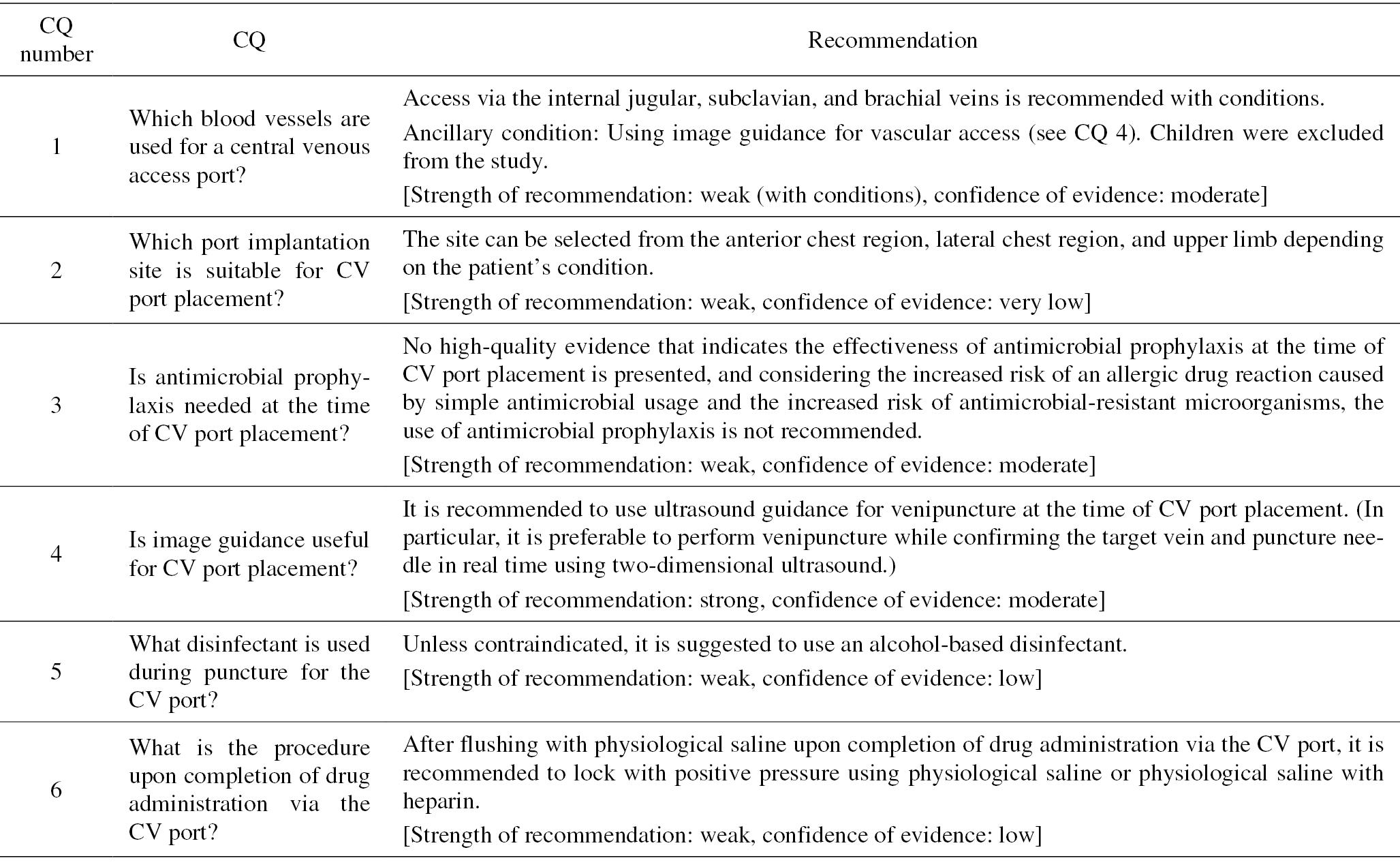8 巻, 2 号
選択された号の論文の13件中1~13を表示しています
- |<
- <
- 1
- >
- >|
Review
-
原稿種別: REVIEW
2023 年 8 巻 2 号 p. 23-35
発行日: 2023/07/01
公開日: 2023/07/01
[早期公開] 公開日: 2023/06/03PDF形式でダウンロード (1563K) -
原稿種別: REVIEW
2023 年 8 巻 2 号 p. 36-48
発行日: 2023/07/01
公開日: 2023/07/01
[早期公開] 公開日: 2023/06/03PDF形式でダウンロード (1203K) -
原稿種別: REVIEW
2023 年 8 巻 2 号 p. 49-55
発行日: 2023/07/01
公開日: 2023/07/01
PDF形式でダウンロード (126K) -
原稿種別: REVIEW
2023 年 8 巻 2 号 p. 56-63
発行日: 2023/07/01
公開日: 2023/07/01
[早期公開] 公開日: 2023/06/03PDF形式でダウンロード (1335K)
Original Research
-
原稿種別: ORIGINAL RESERCH
2023 年 8 巻 2 号 p. 64-69
発行日: 2023/07/01
公開日: 2023/07/01
[早期公開] 公開日: 2023/06/03PDF形式でダウンロード (487K) -
原稿種別: ORIGINAL RESEARCH
2023 年 8 巻 2 号 p. 70-74
発行日: 2023/07/01
公開日: 2023/07/01
PDF形式でダウンロード (178K)
Case Report
-
原稿種別: CASE REPORT
2023 年 8 巻 2 号 p. 75-79
発行日: 2023/07/01
公開日: 2023/07/01
[早期公開] 公開日: 2023/06/03PDF形式でダウンロード (576K) -
原稿種別: CASE REPORT
2023 年 8 巻 2 号 p. 80-82
発行日: 2023/07/01
公開日: 2023/07/01
[早期公開] 公開日: 2023/06/03PDF形式でダウンロード (452K) -
原稿種別: CASE REPORT
2023 年 8 巻 2 号 p. 83-87
発行日: 2023/07/01
公開日: 2023/07/01
[早期公開] 公開日: 2023/06/03PDF形式でダウンロード (969K) -
原稿種別: CASE REPORT
2023 年 8 巻 2 号 p. 88-91
発行日: 2023/07/01
公開日: 2023/07/01
[早期公開] 公開日: 2023/06/03PDF形式でダウンロード (764K) -
原稿種別: CASE REPORT
2023 年 8 巻 2 号 p. 92-96
発行日: 2023/07/01
公開日: 2023/07/01
PDF形式でダウンロード (639K)
Pictorial Essay
-
Role of Percutaneous Deep Venous Arterialization for Patients with Chronic Limb-threatening Ischemia原稿種別: PICTORIAL ESSAY
2023 年 8 巻 2 号 p. 97-104
発行日: 2023/07/01
公開日: 2023/07/01
PDF形式でダウンロード (1592K)
Guideline
-
原稿種別: GUIDELINE
2023 年 8 巻 2 号 p. 105-117
発行日: 2023/07/01
公開日: 2023/07/01
PDF形式でダウンロード (192K)
- |<
- <
- 1
- >
- >|
